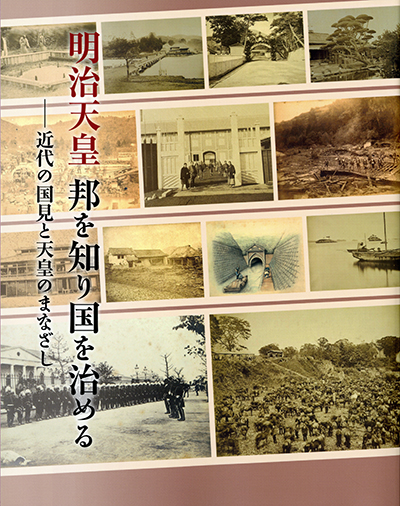| image | information |
|---|---|
 |
When Japan began to proceed as a modern nation during the latter 19th century, Emperor Meiji traveled to various places around the country, to view the natural and cultural climates of each area directly, actually visiting each place, among his early activities. Photography which had become widely used since the beginning of the Meiji era was utilized to a great extant, to record these visits. Furthermore, photographs were used to report on scenery and activities of various areas where the emperor did not visit. For example, situations of each area visited were recorded in photographs within the Six Grand Imperial Tours that were carried out from 1872 to 1885, touring 6 times beginning with Kyushu and western areas. Noted places of historic interest famous for their poetical associations, buildings symbolic of modernization, industries and education, the unique history of each area, and also the situation of the country making a new start, were photographed. Along with these tours, the various poems that the emperor created at each place, and the poems created by the people greeting the emperor, were recorded in the journal of the literary officials who accompanied these Imperial tours. Even after these Six Grand Imperial Tours, chamberlains and the emperor's aide-de-camp were sent to various areas within the country, and an enormous amount of photographs and reports were sent to the emperor. This way, the “Emperor’s view” was continuously turned upon far distant places, record-making disasters, events, newly born industries, and welfare work, mostly through the visual media of photographs. This exhibition focuses on what Emperor Meiji turned his eyes toward, in order to face the country and its people, and what he directed his attention on, through the old photographs and related materials in the Shoryobu (The Archives and Mausolea Department) and the Sannomaru Shozokan (The Museum of the Imperial Collections), and looks back upon Japan during the Meiji era. |